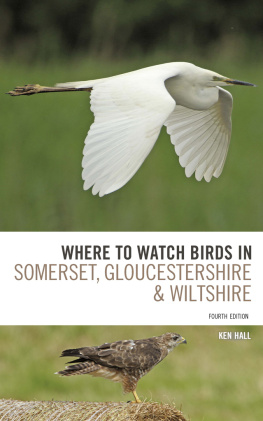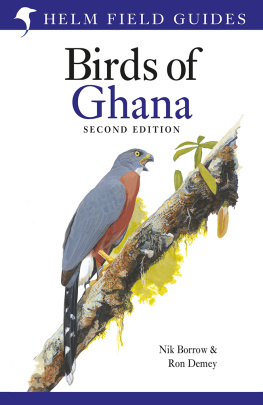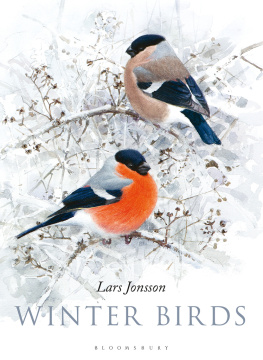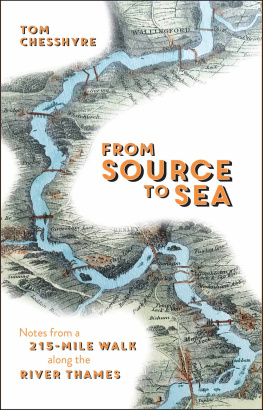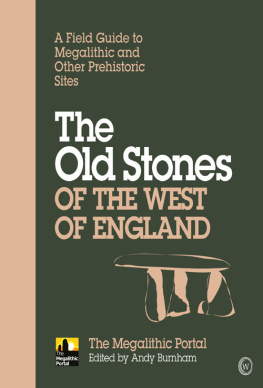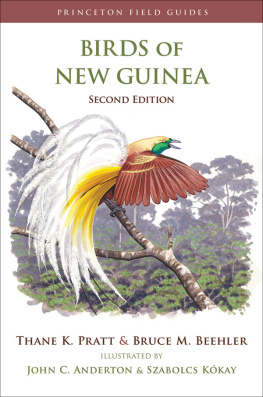
HELM
Bloomsbury Publishing Plc
50 Bedford Square, London, WC1B 3DP, UK
This electronic edition published in 2019 by Bloomsbury Publishing Plc
BLOOMSBURY, HELM and the Helm logo are trademarks of Bloomsbury Publishing Plc
First published in the United Kingdom 1988
This edition published 2019
Copyright Ken Hall, 2019
Illustrations John Govett, 1988
Ken Hall has asserted his right under the Copyright, Designs and Patents Act, 1988, to be identified as Author of this work
All rights reserved
You may not copy, distribute, transmit, reproduce or otherwise make available this publication (or any part of it) in any form, or by any means (including without limitation electronic, digital, optical, mechanical, photocopying, printing, recording or otherwise), without the prior written permission of the publisher. Any person who does any unauthorised act in relation to this publication may be liable to criminal prosecution and civil claims for damages.
A catalogue record for this book is available from the British Library
ISBN: 978-1-4729-1238-1 (PB)
ISBN: 978-1-4729-6612-4 (e-book)
To find out more about our authors and their books please visit www.bloomsbury.com where you will find extracts, author interviews and details of forthcoming events, and to be the first to hear about latest releases and special offers, sign up for our newsletter.
Cover photographs Gary Thoburn
Front cover: Great White Egret (top), Common Buzzard (bottom).
Spine: Common Crane.
CONTENTS
KEY TO SITES

ACKNOWLEDGEMENTS
In updating this new edition, I have revisited all the sites in the area, often on multiple occasions and at different times of the year. This was both to check the access, but also to make sure that the species mentioned do have a reasonable chance of being found. During these visits I have chatted to many other observers, including reserve wardens and local birders, who have freely provided additional background details. There are far too many to mention individually, although their names have in many cases appeared in previous editions, but I would like to record my thanks to all of them here, and to those with whom I have corresponded by phone, letter or email.
I have also drawn heavily on the various online sites where observations are published, often on a daily basis, for various local patches, varying from major sites like Steart Marshes, Blagdon Lake, Severnside, Slimbridge and the Cotswold Water Park, to spots that are barely more than a garden. They change too frequently to be listed in full, but the main sources where sightings are collected on a regional basis are listed under Organisations towards the back of the book. Also listed there are the names of the main reports covering the region, which could not exist without the records submitted by local observers. Again, I am much in their debt.
In addition to those annual reports, I have referred extensively to the more recent county and regional avifaunas and atlases. The principal ones are:
For Somerset: The Birds of Somerset compiled by the Somerset Ornithological Society (Alan Sutton 1988); A History of the Birds of Somerset by D. K. Ballance (Isabelline Books 2006); Somerset Atlas of Breeding and Wintering Birds, 20072012 edited by David Ballance et al. (Somerset Ornithological Society 2014); The Birds of Exmoor and the Quantocks by David Ballance, Brian Gibbs & Roger Butcher (Isabelline Books 2016).
For the Bristol area: Avon Atlas 200711 edited by Richard Bland.
For Gloucestershire: Birds of the Cotswolds edited by Iain Main, Dave Pearce & Tim Hutton (Liverpool University Press 2009); The Birds of Gloucestershire edited by Gordon Kirk & John Phillips for the Gloucestershire Ornithological Coordinating Committee (Liverpool University Press 2013), incorporating the results of the countys 20172011 tetrad atlas.
For Wiltshire: Wiltshire Birds edited by James Ferguson-Lees et al. (Wiltshire Ornithological Society 2007), incorporating the results of the 19952000 atlas.
Gary Thoburn kindly supplied the cover photographs, all taken within the region, Brian Southern drew the maps, and Molly Arnold, from the publishers, patiently guided the project through the production process.
Finally, I must thank John Govett who was my co-author on the previous editions, primarily concentrating on Wiltshire and parts of Gloucestershire. He was not able to be involved on this occasion, but a selection of his illustrations has once again been used.
INTRODUCTION
The first edition of this guide was published in 1988, and the 30 or so years that have elapsed between then and the appearance of this fourth edition have seen many changes in both the habitats and their attendant wildlife in the region. The county of Avon disappeared not physically, of course, but in name at least, having been replaced by four unitary authorities. Although this has provided an opportunity to contract the title of the book, the term Avon still occurs in several places as a useful shorthand, referring to the area around Bristol still used for recording purposes by local birders.
The counties of Somerset, Gloucestershire and Wiltshire continue to be very much border country between the primarily lowland arable east and the upland pasture of the west. This is true not only of the geology and the land usage, but also of the birdlife that distinguishes the region from other parts of Britain, with many species reaching the edge of their range here, whether from the west or from the east. The heather-dominated hills and combes of Exmoor still hold many of their specialities, but Red Grouse have followed the Black into local extinction, and sadly Ring Ouzels also seem to have gone the same way, although they are still regular spring and autumn migrants here, as well as on the coast. For a time they were replaced by a healthy population of Dartford Warblers, but a series of cold winters has knocked them back, although they have started to increase once again more recently and return to their former haunts.
Woodland specialities such as Pied Flycatchers, Redstarts and Wood Warblers can still be found in the western half of the region in reasonable numbers, although they have become increasingly patchily distributed in the east. In many cases the local habitats have not changed very obviously, although the increased grazing pressure exerted by a booming deer population has been suggested as a possible contributory cause. It may be that developments on the wintering grounds of these long-distance migrants may be another factor, although several of the resident species such as Marsh and Willow Tits have also undergone significant declines.
Nightingales remain patchily distributed, but although right on the edge of their range, there is no obvious cause for their fluctuating numbers, with habitat factors no doubt being more important. Birds more typical of rolling downland and farmland, such as Red-legged Partridges and Corn Buntings, continue to maintain healthy populations in eastern Gloucestershire and Wiltshire, but have all declined in the more pastoral regions further west. Tree Sparrows have mostly disappeared from Somerset and Gloucestershire, but the provision of nest boxes, allied to various agri-environmental schemes, is bearing fruit on the Marlborough Downs and in south-west Wiltshire. Hopefully, something similar might be undertaken in other areas, the only way, no doubt, to bring back species like the Turtle Dove, now quite a rarity in the region.

